CreatIng Our Own “blue Zones”
In Today’s Modern World
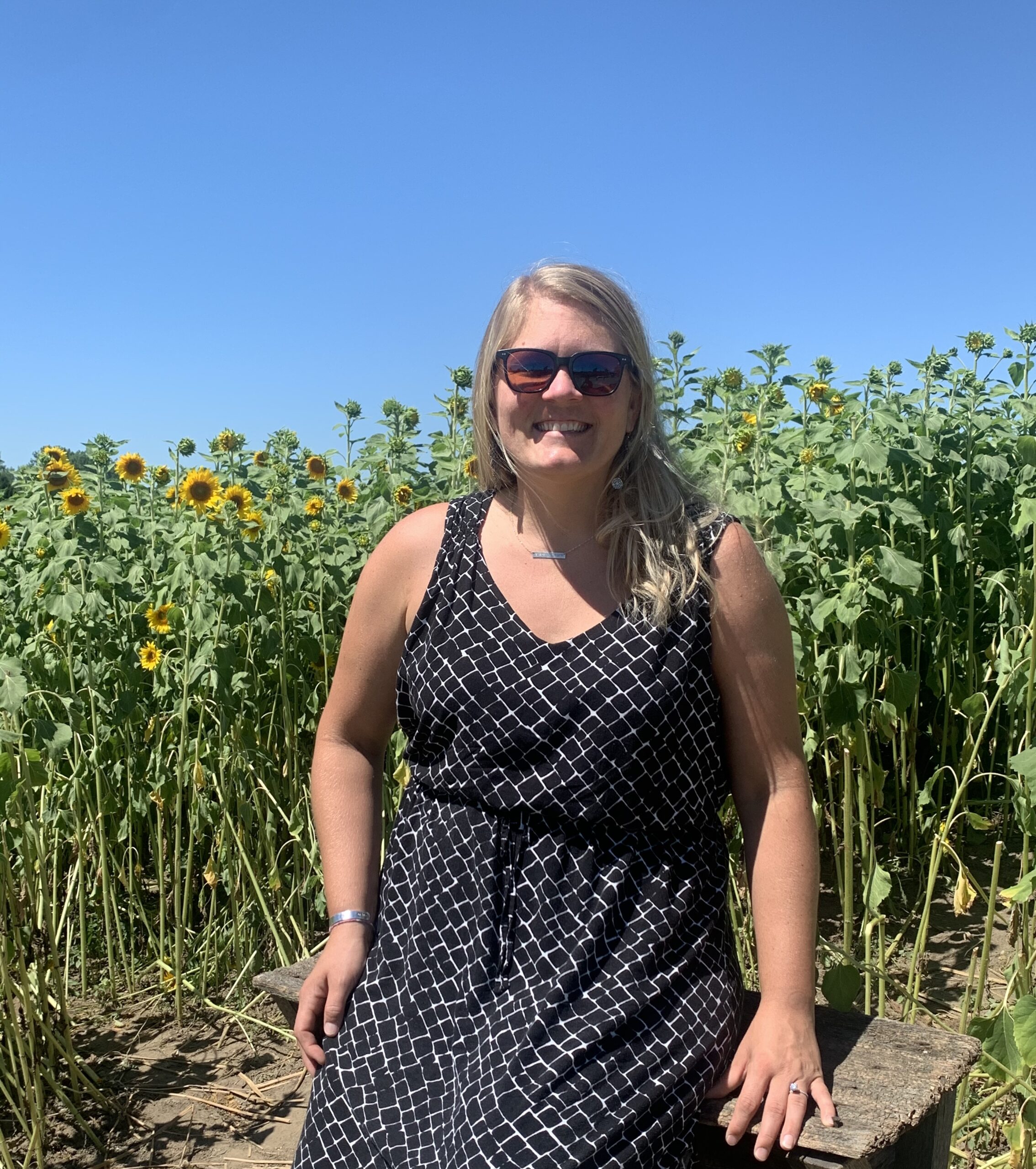
Welcome back, VegMichigan friends! I can’t believe it’s September already! First, I wanted to thank those of you who took the time to check out my post last month! I really appreciate the positive feedback and questions I received, as well as those of you who just wanted to reach out and say hello! I love it and please keep it coming!
I have some FUN news: Plum Health DPC, the family medicine practice I am part of, will be sponsoring the Farmington Farmers Market this coming Saturday, September 5th! The Farmington market just won “Best Farmers Market in Metro Detroit” for a fourth year in a row! I will be at our booth all day from 9am – 2pm – so if you’re around grab your mask, come check the market out, get some fresh, locally-grown veggies, and stop by and say hi to me!
Last month’s post was a hodge podge about me, my philosophy as a family medicine doctor, and my mission for our Metro Detroit community. This month, I wanted to expand on this a little and write about some health and wellness specifics that are super important. Recently, I re-read the book The Blue Zones by Dan Buettner, and I want to use some principles from his book to guide us through this post. Dan spent years doing research on five areas around the world where people are known to live exceptionally long, healthy lives. He used census data to identify people in their 80’s, 90’s, and 100’s who live within these areas. Dan then personally interviewed many of them to gather data about their lifestyle habits, and he discovered nine common patterns which he discusses throughout his book.
We won’t be able to cover all 9 topics in this post, but let’s start with a few. I refer to these every day when I talk to patients about promoting health and preventing chronic diseases. The Blue Zones concept makes a lot of sense to me, and I love how the different lifestyle patterns touch on every aspect of our well-being. The Blue Zones patterns are a daily way of life for these people – it’s ingrained in who they are as individuals and as communities. This is what makes lifestyle medicine so important. If healthy habits become embedded into our own personal culture and are further supported by our communities, we spend less time thinking about how to fit them into our lives and our schedules. This adds greater flexibility, as there aren’t really any rules or regimens to be followed. Rather, we simply balance ourselves out in a daily symphony of healthful food, movement, and self care. Also, it doesn’t feel like a sacrifice because it’s part of who we are, and this is what makes it sustainable in the long run.
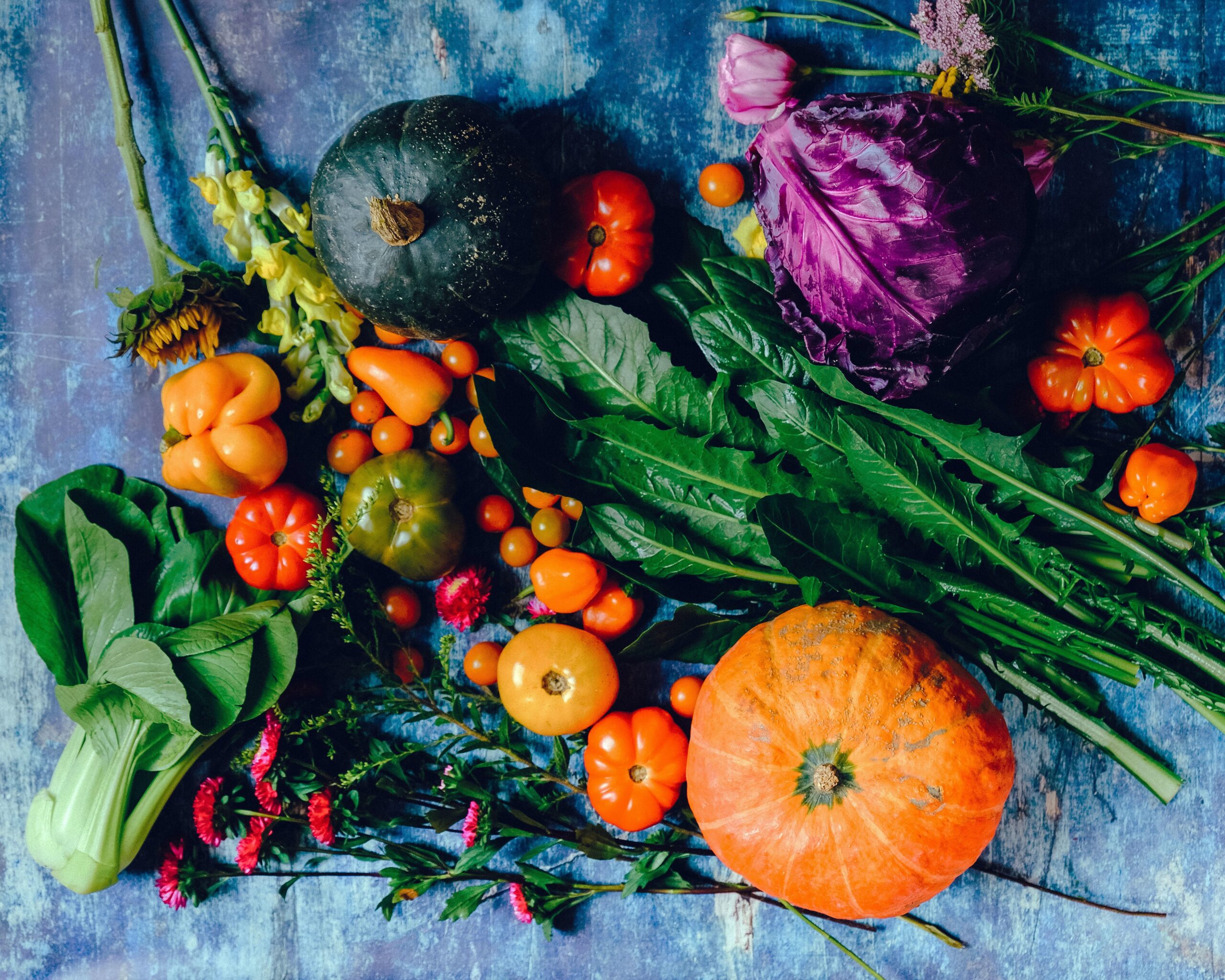
dIet and NutrItIon from a CentenarIan perspectIve
I know there are many readers including myself who try to avoid animal products for ethical reasons, but this discussion below is coming from a health perspective. So many people are being told to change their diet in order to improve their health, and looking for advice on where to start. After 15 years of trying to absorb as much knowledge as possible about food as medicine, this is what I advise my patients when it comes to diet: Plant-Based. Plant Strong. The Plant Slant. However you call it, the underlying theme is the same. Our bodies THRIVE when we consume whole, plant foods. The higher the proportion in our everyday food choices, the better off we are in terms of health.
We have more than enough medical literature available to support this recommendation. We also have decades of population data and dietary analysis gathered from the Blue Zones regions. Dan Buettner discovered that nearly all of longest-living people in these regions consume a diet consisting of 95% whole, plant foods. Here are some of my thoughts about what a Blue Zone diet might look like for us:
1. Fill your plate with veggies: At least half your plate should be filled with vegetables at lunch and dinner. This fills you up first with the things that are most healthful and the least amount of calories / fat. Try to consume a variety of different colored vegetables every day. This is how we get phytonutrients, which have incredible health-promoting roles throughout our bodies.
2. Load Up on Leafy Greens: Green, leafy vegetables such as spinach, lettuces, kale, collard greens, Swiss chard, spinach, and arugula are some of our best sources of fuel. Greens are extremely nutrient dense and high in fiber, which helps maintain our digestive system and supports cardiovascular and immune health. Here’s a good resource with 50 ways to incorporate more leafy greens into our diet.
3. Combine Many Foods Into One Meal: Otherwise known as a “power salad,” this is an easy way to load up on fiber, protein, and phytonutrients. Add your favorite leafy greens, a variety of plant proteins, and several of your favorite veggies, along with nuts, seeds and whole grains to get several servings of healthful nutrients in one meal.
4. Less is More with Meat and Dairy: I recommend reducing or avoiding meat and dairy consumption to patients as much as possible, especially when trying to overcome conditions like cardiovascular disease, type 2 diabetes, high blood pressure, and cholesterol issues. In most of the Blue Zone areas, dairy consumption is rare and the average meat portion is the size of a deck of cards. Meat is only eaten on average 5 times per month and for some, only on rare or special occasions. They regularly eat alternative protein sources including beans of all kinds, peas, lentils, chickpeas, quinoa, tofu, nuts, and seeds.
5. Go for the Good Fats: Foods like olive oil, nuts, seeds, olives, and avocados are examples of “good fats” because they are of plant origin and contain fatty acids our body requires. Many of these foods are still quite high in fat content, so if you have a cardiovascular condition or type 2 diabetes you may wish to limit some of them entirely or consume in moderation.
6. Whole grains: Whole wheat, oats, quinoa, buckwheat, or barley are very high in fiber and antioxidants, and has beneficial effects on a number of chronic diseases.
7. Make Fruit Your Dessert: It could be grapes, berries, watermelon, pineapple, or whatever you like best. Opting for fruits when you get a sweet tooth is so rewarding for your health in the long run.
8. Drink Lots of Water: This seems to be a tough one as many people just don’t like to drink water. But if you think about it, there are likely no centenarians out there who found longevity in pop, protein drinks, or energy drinks. Our bodies were not designed to be “quenched” with these things and water is the healthiest option. There are ways to enhance the flavor of water – here are just a few.
These recommendations are quite different than “going on a diet”, “watching what we eat”, “trying to cut back”, and the many things we tend to say when we want to get healthier. In the Blue Zones, this way of eating is part of a way of life. The nonagenarians and centenarians interviewed in Dan’s book spent a lifetime growing, harvesting, and preparing their own fresh, whole, plant-strong foods each day. Producing all of our own food is out of reach for most of us in today’s modern lifestyle, but there are ways to work around this with farmers markets, co-ops, community gardens, etc. A healthy diet is most sustainable in the long run when it becomes integrated into the threads of our everyday lifestyles.

ExercIse and Movement: What Is Most Important?
I must disclose that I am no expert at exercise. I struggle as much as anyone with staying consistent and finding motivation to set aside time to exercise on busy days. Anyone else in this boat?! Primary Care Doctors like myself are taught to recommend 150 minutes per week of moderate-intensity exercise. Okay, what does moderate-intensity exercise mean? How do I turn it into something do-able? To help guide us in the right direction, I decided to ask someone who is an expert. Aaron Wallace, my future brother-in-law, is highly experienced in developing customized exercise and wellness programs that are sustainable and compatible with any sort of lifestyle. Aaron has provided us with some helpful recommendations below about what is important about exercise:
My name is Aaron Wallace, Owner of Balance Your Fitness in Troy, CHEK Practitioner Level 3. We look at all aspects of our client’s lives that contribute to their overall health and well being, using techniques ranging from physical therapy, massage therapy, corrective exercise and strengthening, nutrition and lifestyle coaching, and meditation and energy healing.
I have been asked many times which type of exercise works best for everyone and what is best for health and well-being. This is a very personal question, and each person’s exercise, nutrition, and lifestyle program must be customized to that person. Similar to a physician who must properly assess each patient before prescribing therapies and medication, a CHEK Practitioner must do a complete assessment process before making any recommendations. There are many different techniques and types of exercise protocols available that could be useful to any individual.
However for general recommendations, I must recommend movement-based strength training as the most important set of techniques needed for overall health and well being. This means daily movements such as squats, lunges, bends, pushes, pulls, and twists, unsupported by a machine a person would be seated in. These movements, when done correctly, can improve the amount of muscle tissue and functional strength anyone can achieve; increase the total amount of calories burned on a daily basis to help lose body fat; and improve balance and coordination that decreases the risk of dangerous falls as we age.
In these modern times, increased mental and emotional stress is prevalent in all our daily lives. Performing long-duration bouts of cardiovascular activity can lead to increases in long term cortisol output if not managed correctly. Cardiovascular improvements can be achived as well through using movement-based strength training. Anyone who has tried doing walking lunges will agree with this. The use of exercises that incorporate as many muscle groups as possible will increase your heart rate during exercise, thereby providing cardiovascular benefit as well.
Finally, I will leave this article with the most important workout we can possibly do for our physical, mental, and emotional health….. WORKING IN! Every time we work out (strength-training, cardio, etc) we are expending energy. We must take time to WORK IN as well. This includes techniques such as meditation and breathing exercise (CHEK Practitioners call this “Zone Exercises”). These techniques are meant to calm down the stress response, allowing our bodies to heal and recover when we rest. This is a critical step toward improving our health that many of us miss. We get better when we rest! Proper sleep and meditative practice can work wonders for improving your health and wellness routine!
The Blue Zones research actually supports Aaron’s recommendations. Dan Buettner’s research found that these people don’t really have formal exercise routines. They live well into their 80’s, 90’s, and even 100’s without ever going to a gym, doing a cycling routine, or lifting weights. What they do is work on their land for hours every day. They are farmers, gardeners, builders, and creators, without most of the modern technologies and conveniences that save us time and effort. This type of work requires daily squatting, lunging, pushing, pulling, lifting, and carrying. Many people also get several miles of walking in, every single day.
Our American lifestyle tends to be quite different, with our hectic daily schedules. Many folks have significant commutes to and from work or school, which become even longer with traffic and construction. Our jobs require us to sit at a desk for several hours a day. When we finally get home, we sit while we eat dinner, and then we sit in front of a tv, phone, or computer screen until bedtime. With this type of schedule, it becomes necessary and important for us to create opportunities for exercise and these kind of daily movements. This is where personalized exercise programs like the ones Aaron designs can be so helpful!
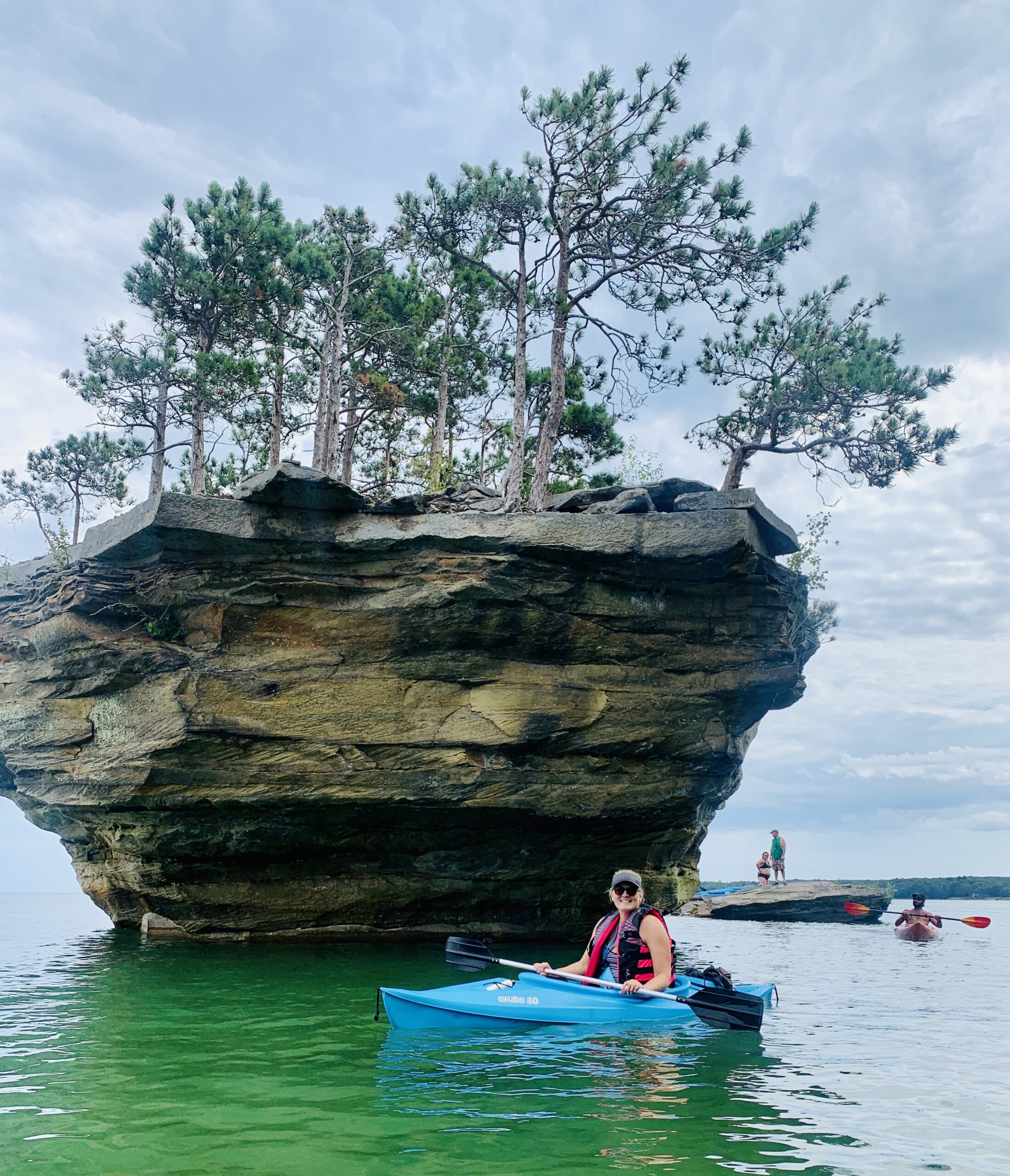
Stress Management:
Lessons from Our Longest-LIvIng CommunItIes
Aaron’s recommendation about taking time to “work in” fits so well with the next Blue Zones pattern I wanted to discuss, which is stress reduction. This topic is SO relevant right now (has anyone by chance felt more stressed lately?) and is so important for our long term health and wellness. Stress causes the release of hormones that send our bodies into “fight or flight” mode. This affects just about every part of our body, ranging from headaches due to muscle tension, mood fluctuations, digestive issues, to cardiovascular strain. If stress occurs periodically, our bodies are designed to handle it. If stress becomes a regular issue over time, however, it can cause serious complications and even contribute to chronic diseases like high blood pressure, heart disease, and type 2 diabetes. To learn more, take a look at this information by the American Psychological Association about how stress affects so many different areas of our body.
People living in the Bllue Zones regions have their own unique perspectives and traditions for managing stress. As you might expect by now, these traditions are a part of their everyday culture. Older men in the Blue Zone of Sardinia, Italy, have a tradition of gathering in the streets in the village square every day to laugh, both with and at each other. In Okinawa, Japan, a common tradition is to take a few moments each day to acknowledge ancestors and be mindful about all one has to be grateful for. The population of Seventh Day Adventists in Loma Linda, California is an American Blue Zone because they surpass any other group in the U.S. in terms of life expectancy. Adventists observe the Sabbath from sundown on Friday to sundown on Saturday, every single week. The Sabbath is a time of sanctuary, used for rest and rejuvenation. Adventists are encouraged to spend the time in nature, with family and friends, and also spend time being active and mindful. Off the coast of Greece, a small island named Ikaria has a high number of people aged 85 and older. It’s a common tradition among older Ikarians to stop whatever they are working on every afternoon and take a short nap.
From napping, to prayer, to time in nature, to exercise, to laughter, we all need to find things we love to do everyday to reduce our own stress levels. Here are 5 areas you can explore for yourselves; see if it helps relieve some of your daily stress!
1. Practice deep breathing: The way we breathe affects all parts of our body. When we are stressed we tend to hunch down, tighten up, and our breathing becomes shallow. Think about what your breathing is like after spending 2 hours on the computer at work. Now try taking 3 slow, deep breaths right now and see how good it feels. Here’s a resource from U of M with quick deep breathing techniques that can be done anywhere.
2. Meditation: There are a ton of apps you can download with quick meditations for all sorts of situations (e.g. Headspace, Calm, and Stop, Breathe & Think). They only take a few minutes and they make a big difference in terms of reducing stress, improving our mood, and helping us be more mindful.
3. Calming Physical Activities: I think yoga is great for periods of high stress, but any type of exercise or activity that calms you down will do. I recommend this site to my patients for a whole bunch of free, awesome yoga videos for literally any situation.
4. Remember Gratitude: Gratitude is an awesome way to intentionally bring our thoughts away from things that make us feel stress and focus on things that make us feel good. In our house, we write down things we are thankful for and put them in a positivity jar. We also do journaling, write our goals down, send notes to friends, visit family, talk to neighbors, spend time with animals, surprise people with pranks and gifts. These are all great ways to practice gratitude and reduce stress.
5. Get Creative: Another way to bring down your stress level is to get your creative juices flowing. During my residency training, they would provide us with coloring books and pencils as a way to help destress and it actually did help. Some other ideas: plant a garden, make or build something, do a fun DIY project at your home, try a painting class, take pictures of nature or flowers, try a new recipe, make a playlist of your favorite music, or watch a documentary about something that interests you.
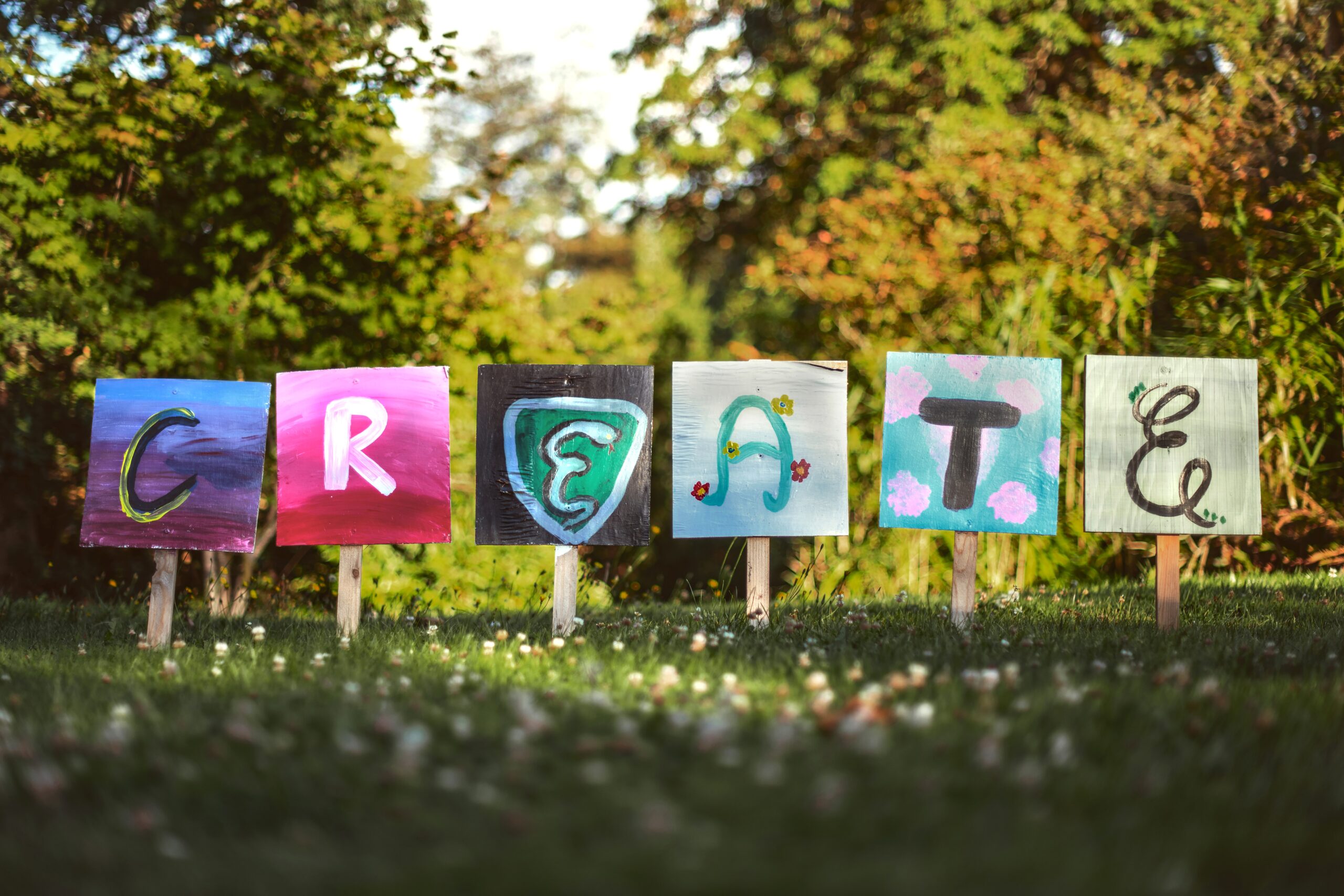
It’s definitely a challenge, trying to incorporate centuries-old Blue Zone traditions into modern lifestyles like ours. But I think we can all clearly see the long-term benefits of trying to come up with ways to blend more self care into our everyday lives. Make it a priority to find opportunities throughout the day to implement some things above that are of interest to you, or other ideas of your own that are good for your health. The key is to find the healthy foods and activities that you enjoy and convert them into a culture of health for yourself or for your entire family. Create your own personal way of being that makes you feel healthy and happy. We’ll talk more next month about some of the other habits in the book. Thank you so much for reading, I hope some of this helps you on your own quest to be well. <3
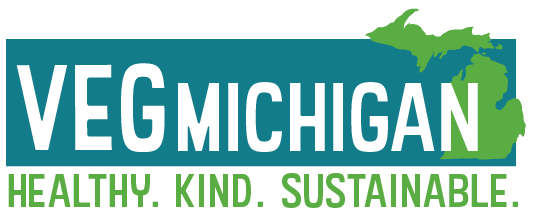
Good reminders of how to live the good life
& have what it takes to navigate these
troubling times & ve of benefit to others.
Do you have virtual programs fir those if us who live far from Troy?
I was very pleased to uncover this site. I need to
to thank you for your time due to this wonderful read!!
I definitely appreciated every part of it and I have you bookmarked
to look at new things on your site.
Hi! Thanks for your kind comment. We are happy to hear that you are enjoying the articles on our site!